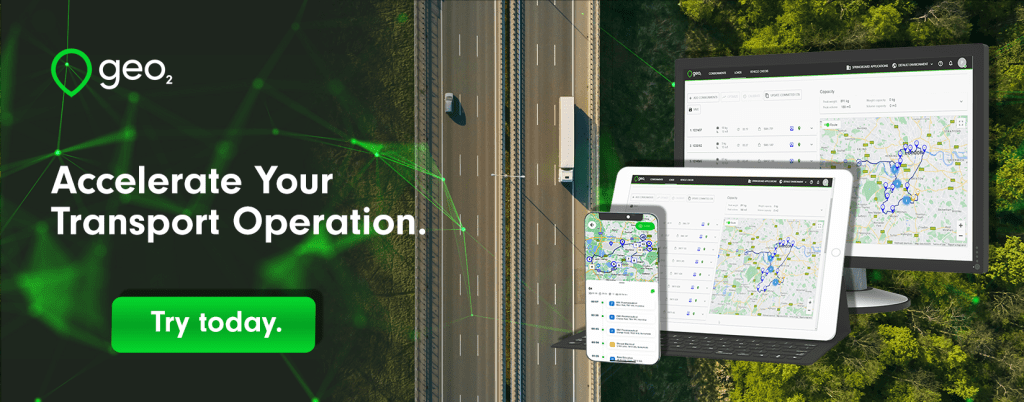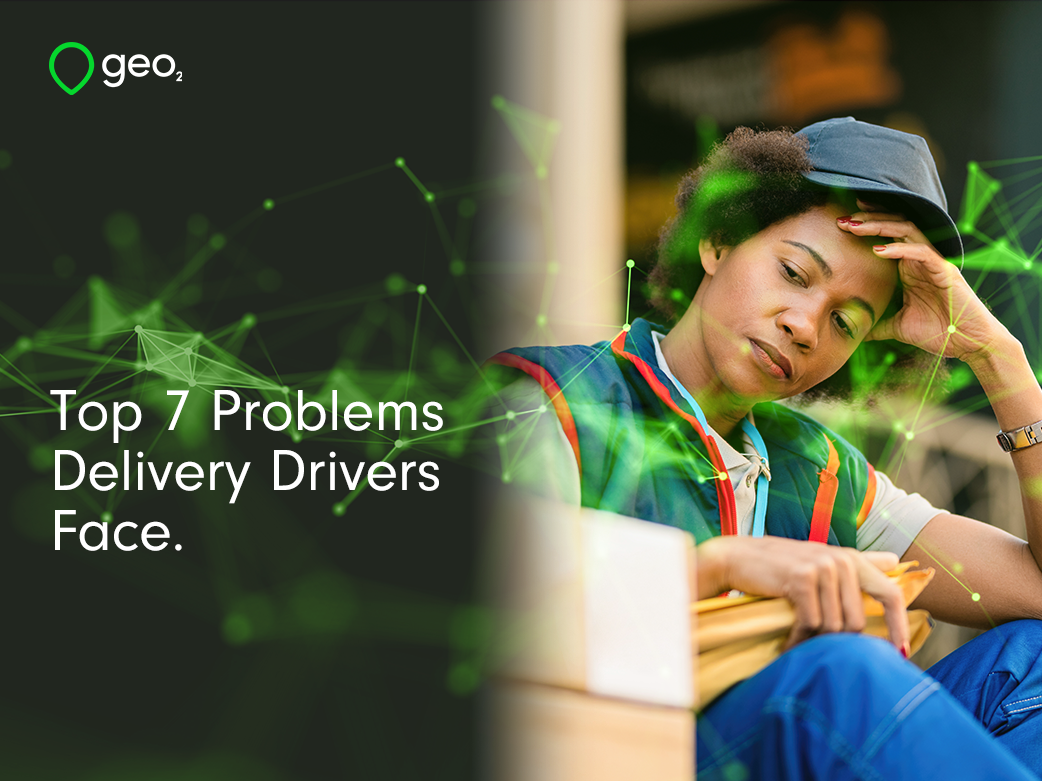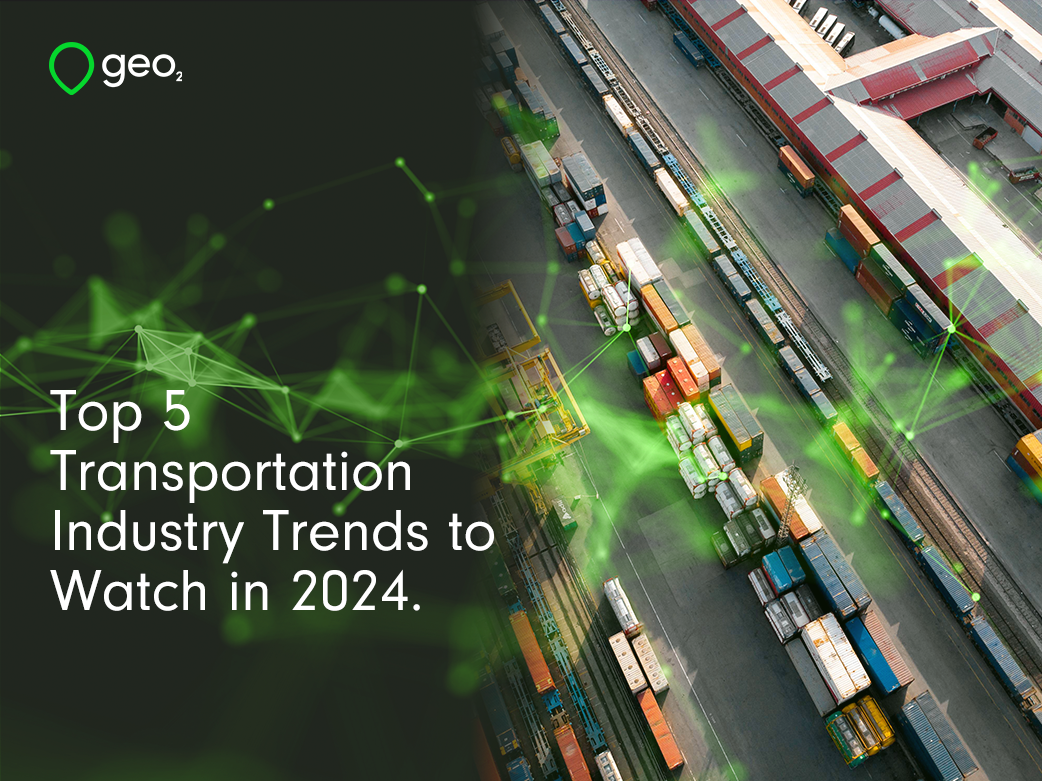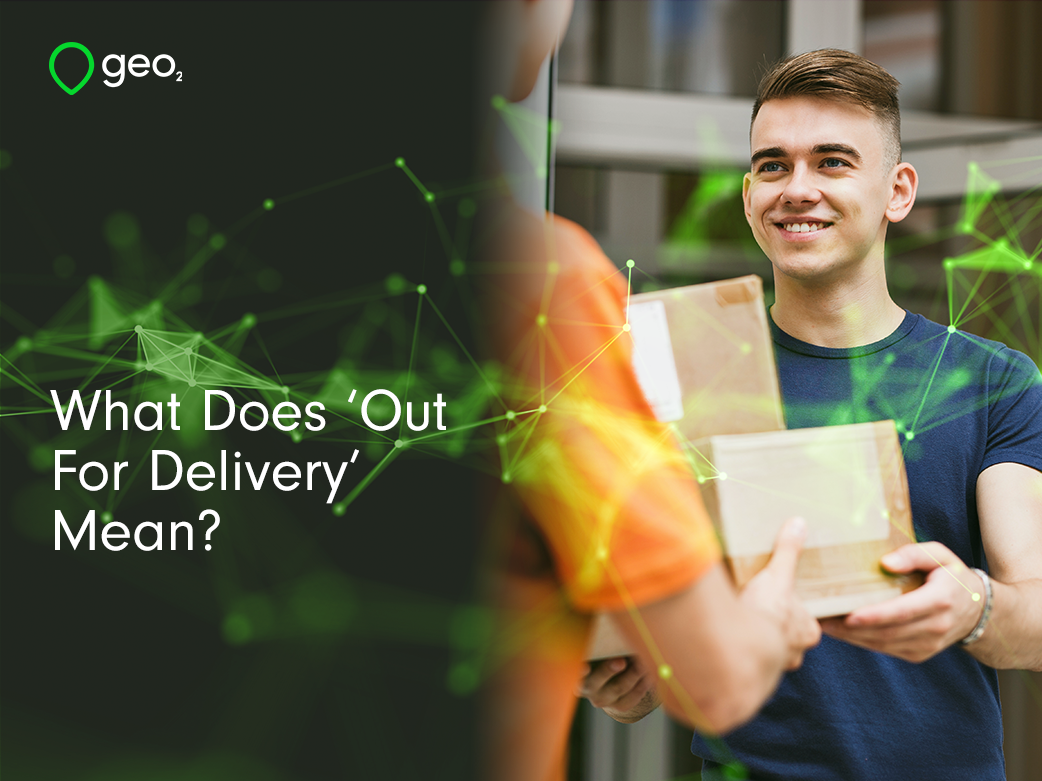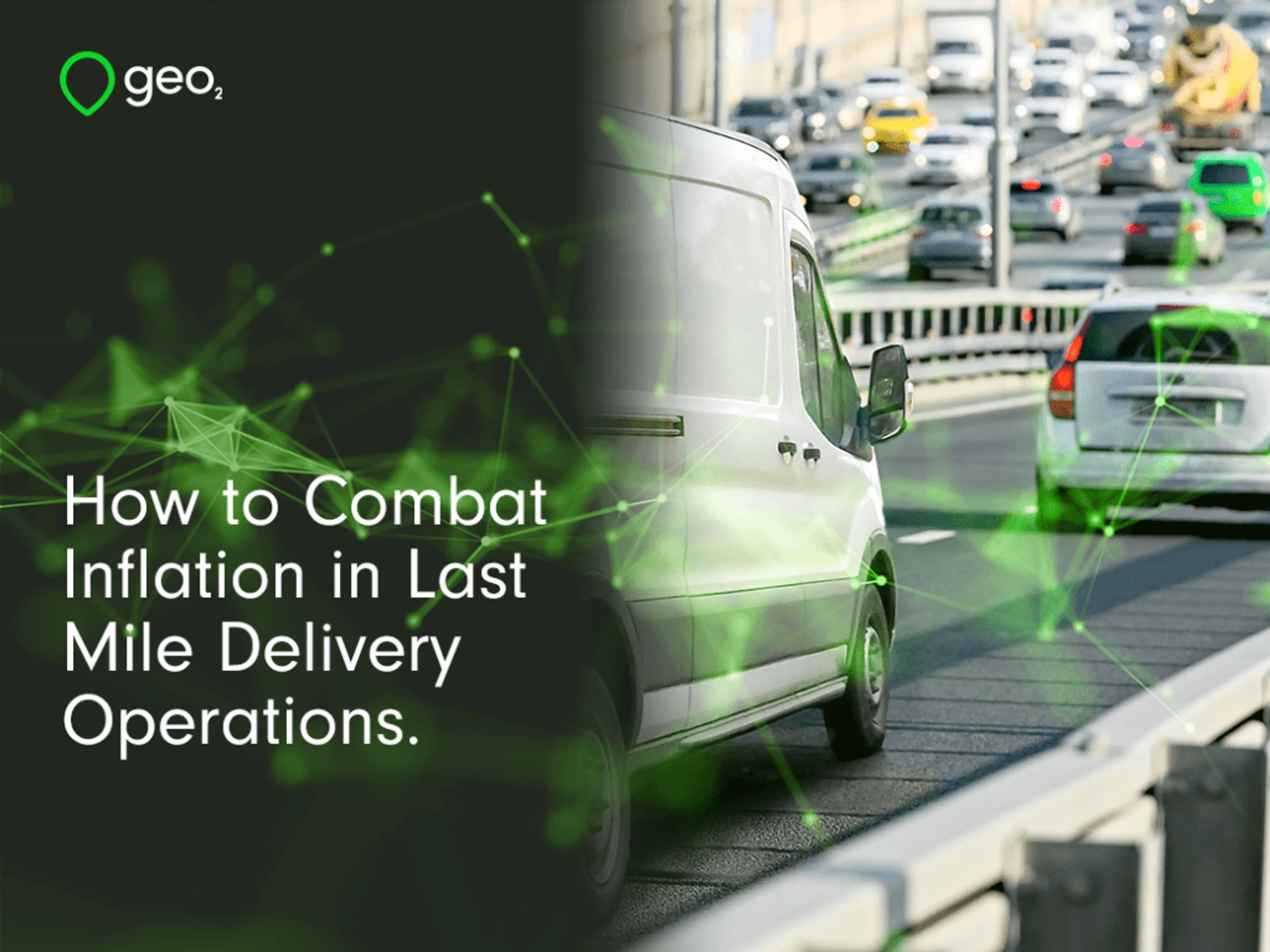
How to Combat Inflation in Last Mile Delivery Operations.
During the past two years, the rate of inflation has risen sharply in the UK. It rapidly reached double-digit figures and peaked at a 41-year high of 11.1% in October 2022. The Bank of England predicts that inflation will continue to fall during 2023 and 2024 and will return to its 2% target by the end of 2024. Despite this, the effects of inflation on businesses are likely to be felt for some time to come. The economy is clearly struggling. But for delivery companies and distribution operations, using a transport management system (TMS) can help to combat the effects of inflation.
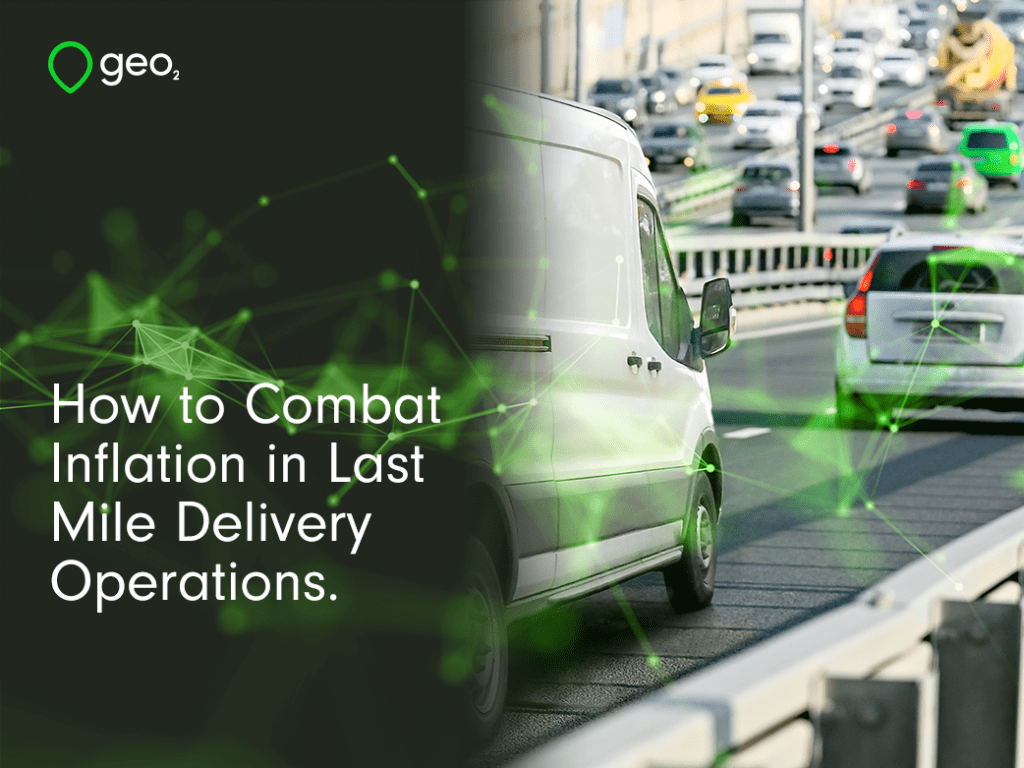
How to Combat Inflation in Last Mile Delivery Operations.
Introduction.
During the past two years, the rate of inflation has risen sharply in the UK. It rapidly reached double-digit figures and peaked at a 41-year high of 11.1% in October 2022.
The Bank of England predicts that inflation will continue to fall during 2023 and 2024 and will return to its 2% target by the end of 2024. Despite this, the effects of inflation on businesses are likely to be felt for some time to come.
The economy is clearly struggling. But for delivery companies and distribution operations, using a transport management system (TMS) can help to combat the effects of inflation.
Need help choosing a TMS?
Download the Free Guide Now.

Table of Contents.
Inflation and its Impact on the Economy.
There are a number of reasons why inflation has been spiralling. Following the pandemic, a renewed demand for goods triggered supply chain challenges, leading to price hikes. Additionally, the conflict in Ukraine resulted in disruptions to the supply of Russian gas, further driving up energy prices. The agricultural and commodities sectors, reliant on supplies from Russia and Ukraine, were not spared and experienced significant impacts that translated into increased prices across a wide range of food products and materials.
As the cost of pretty much everything rose in such a short time, people started prioritising their spending. Luxury purchases were forsaken in favour of the basics, like food and heating. Additionally, wage rises did not match the higher prices, which exerted further pressure on consumer spending.
To try to control inflation, the government has been raising interest rates. This means the cost of borrowing increases. Consequently, fewer people have been able to afford loans for more expensive items and have struggled with existing payments that are based on variable interest rates.
With people less able to make major purchases, we have seen a cost-of-living crisis. With everyone affected – consumers and businesses alike – growth has slowed.
Table of Contents.
Understanding the Effects of Inflation on Transportation Costs.
Logistics are essential to economic activity. Raw materials, parts and finished goods all need to be imported, exported or transported. Accordingly, it is the distribution and transportation industries that underpin economic activity and success.
If you run a delivery company or distribution operation, you will know the significant impact that inflation can have on your profitability, across all areas.
Increased Costs.
Inflation leads to higher prices all round. Not only does it increase the costs of the goods you distribute, but it also impacts your overheads and operating costs. You suffer increased rents, higher utility prices and must pay more for packaging and equipment.
One of your largest expenses comes in last mile distribution. Whether or not you manage your own fleet, you will be impacted by higher maintenance and running costs. And the most substantial hit to your profits comes from the considerable increase in fuel costs.
All this directly impacts your operating costs, squeezes your profit margins and reduces your competitiveness.
Wage Pressures and Labour Shortages.
The cost-of-living crisis has seen widespread industrial action, with employees demanding higher wages. This pressure to increase salaries can mean increased labour costs that affect your profitability.
If you haven’t increased wages, or are unable to, this can affect your ability to hire people. With a shortage of staff to pick goods or to deliver them, your operation will suffer.
Reduced Customer Demand.
As prices rise and people cut back on discretionary spending, consumer purchasing power decreases. If you sell or deliver goods that are more expensive or are luxuries, it is likely you will experience a decline in demand that could impact your sales and overall revenue.
Combating Inflation with a Transport Management System.
Maintaining profitability is a significant challenge in such an inflationary environment. You can spend as much as half of your shipping costs on last mile delivery, so cutting costs here can make a big difference.
That’s where a TMS comes into its own. It can help you reduce costs by increasing efficiency and maximising productivity.
Automation and Integration.
Using a TMS speeds up your planning and admin processes. Automation can shave many hours off the process of manually plotting and scheduling your delivery routes. Aside from the reduced manual effort, automation minimises costly errors.
With your admin workload reduced, you are free to handle more shipments with fewer resources, which improves your efficiency.
By integrating your TMS with other systems, such as your ERP or WMS and with carrier platforms, you achieve better coordination across your operations. Data flow is automated, so there is no rekeying of information. This ensures delivery accuracy and also helps you better manage stock and delivery capacity.
Maximising your output like this without a corresponding increase in costs helps offset inflationary pressures.
Improved Productivity.
Better route planning with a TMS can significantly reduce driving times by automatically working out the best routes to use.
Additionally, using a TMS with dynamic route optimisation and real-time visibility means you can track your shipments and identify any bottlenecks or delays. You can proactively address potential issues so that drivers can navigate away from traffic congestion, diversions and road closures.
You will be able to make more deliveries per driver, per shift, per day. This improved productivity allows you to make the most of your existing resources and capacity. Your output is increased without any significant investment in additional resources, helping you to meet higher demands without incurring substantial inflation-driven costs.
Cost Reductions.
A TMS offers a number of ways to help you minimise your costs.
Using load optimisation functionality, you can cut out unnecessary trips or consolidate several routes so that you maximise the use of your resources – both people and vehicles. If you have vehicles with different weight capacities, a TMS ensures you are using these to best effect. For example, a company we work with was always using a 7.5 tonne truck for a certain delivery route. But using a TMS, it was able to analyse its loads and identify that this wasn’t always necessary.
Fuel expenses constitute one of the major costs for delivery companies. While current fuel prices may not be as high as they have been in the recent past, inflation still has a significant impact on this aspect of operations, seriously affecting your overall profitability. With routes that are better optimised and drivers not sitting in traffic for longer than necessary, your fuel consumption will be reduced.
If you don’t operate your own fleet, streamlining your system using the carrier management abilities of a TMS can help you negotiate and realise more competitive rates.
Increased Competitiveness.
When delivering more quickly, more accurately and more efficiently, you are better positioned to meet customers’ high expectations.
With reduced costs and good customer satisfaction levels, you can offer a cost-competitive service that attracts other customers.
Your satisfied customers will also remain more loyal, rewarding you with repeat business and glowing reviews, which will in turn continue the attraction cycle.
Harnessing the Power of a TMS.
Implementing a TMS helps you to effectively manage your operational costs without reducing the level of service you provide. In fact, you can even enhance your customer service provision and achieve even faster and more efficient deliveries.
With reduced costs, higher productivity and more efficiency within your delivery operation, you can provide a service that is both better and cheaper for customers. By staying competitive, you can successfully navigate the challenges posed by the current inflationary environment and continue to grow and flourish.
To see how Geo2 can help you achieve a more streamlined delivery operation with reduced costs and better optimisation, try for free today by creating an account today.
